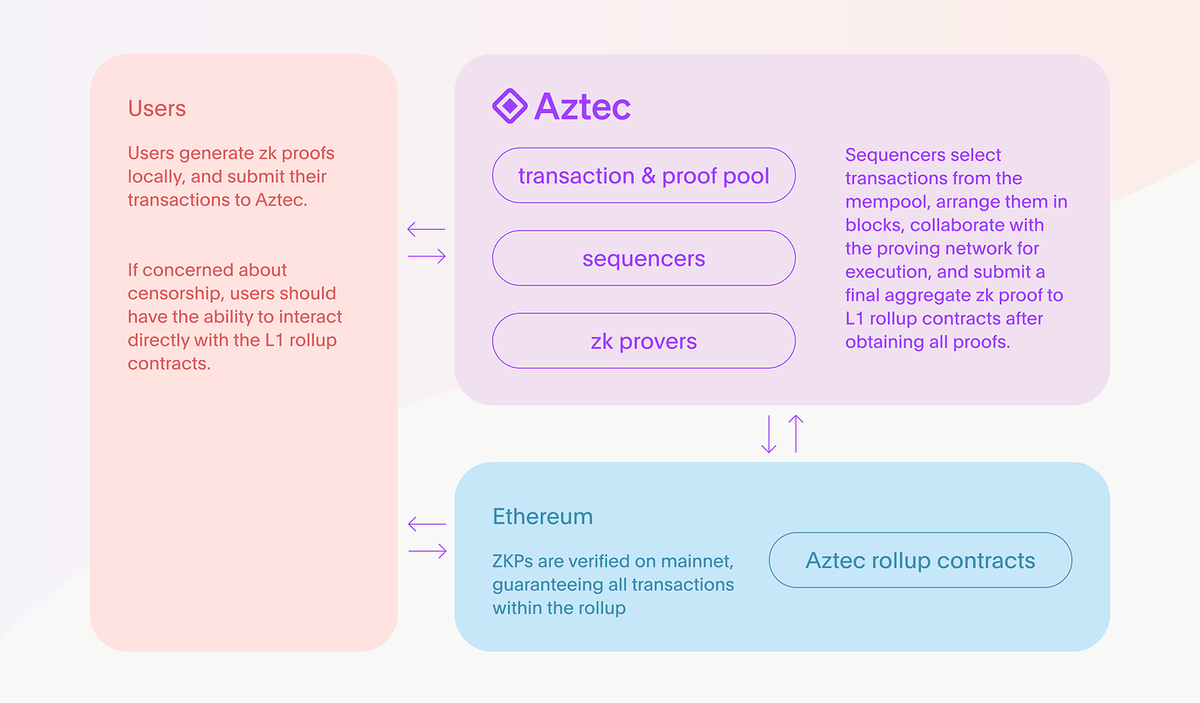After two years of R&D, five testnets & integration plans with >20 chains, we’re excited to announce the Espresso Network is now live on mainnet!
This launch is a major milestone, both for our team and along the path to making Ethereum composable again.
Read on to learn more ☕️
This launch is a major milestone, both for our team and along the path to making Ethereum composable again.
Read on to learn more ☕️
Our vision is for all chains to work together like one, while maintaining each chain's unique benefits.
And our mission starts with Ethereum, which promised an infinite garden of innovation before scaling challenges & a lack of infra forced L2 chains to sacrifice composability.
And our mission starts with Ethereum, which promised an infinite garden of innovation before scaling challenges & a lack of infra forced L2 chains to sacrifice composability.
The Espresso Network is a confirmation layer that lets chains quickly and reliably confirm the state of any integrated chain.
Espresso confirmations are more secure than centralized preconfs, faster than L1 finality, and will be critical in enabling synchronous composability.
Espresso confirmations are more secure than centralized preconfs, faster than L1 finality, and will be critical in enabling synchronous composability.
Why are Espresso confirmations important for enabling composability?
Because when two chains are composable they need to be able to confirm each other's state transitions quickly and in a credibly neutral way.
Because when two chains are composable they need to be able to confirm each other's state transitions quickly and in a credibly neutral way.
Besides offering chains fast, reliable confirmations, Espresso expands the modular stack. Some chains are planning to use Espresso for:
👉 decentralized sequencing
👉 data availability
👉 decentralized sequencing
👉 data availability

We’re calling this Espresso Mainnet 0 and are taking a phased approach, which ensures:
👉 network stability
👉 time to onboard launch partners
👉 integrate new stacks
👉 progressively decentralize (targeting a transition to PoS next year)
👉 more time to educate the community
👉 network stability
👉 time to onboard launch partners
👉 integrate new stacks
👉 progressively decentralize (targeting a transition to PoS next year)
👉 more time to educate the community

Infrastructure is only as valuable as the teams building on it. And we’re proud to have a growing group of launch partners queued up to integrate with the Espresso Network over the coming months. These include chains, stack providers, bridges, RaaS platforms... 

Our launch partners include…
Stack providers
☕️ @cartesiproject - provider of a Linux-based altVM stack
☕️ @OffchainLabs - creators of @arbitrum and its EVM-equivalent Nitro stack
☕️ @airchains - stack for modular zkFHE chains
Stack providers
☕️ @cartesiproject - provider of a Linux-based altVM stack
☕️ @OffchainLabs - creators of @arbitrum and its EVM-equivalent Nitro stack
☕️ @airchains - stack for modular zkFHE chains
Launch partners (cont)…
Bridges
☕️ @AcrossProtocol
☕️ @decentxyz
☕️ @hyperlane
RaaS providers
☕️ @calderaxyz
☕️ @alt_layer
☕️ @etherscaleapps
Bridges
☕️ @AcrossProtocol
☕️ @decentxyz
☕️ @hyperlane
RaaS providers
☕️ @calderaxyz
☕️ @alt_layer
☕️ @etherscaleapps
Three Cartesi appchains will be the first to integrate with Espresso:
☕️ @dca_monster (DeFi)
☕️ @drawing_canvas (drawing)
☕️ @Comet_ing (writing)
Followed by @arbitrum Orbit chains:
☕️ ApeChain - @apecoin
☕️ @RariChain
☕️ @HenezFinance
☕️ @plumenetwork
…with more in the works
☕️ @dca_monster (DeFi)
☕️ @drawing_canvas (drawing)
☕️ @Comet_ing (writing)
Followed by @arbitrum Orbit chains:
☕️ ApeChain - @apecoin
☕️ @RariChain
☕️ @HenezFinance
☕️ @plumenetwork
…with more in the works
Interested in integrating? Learn more in our updated docs👇
docs.espressosys.com/network
docs.espressosys.com/network
This is only the beginning—join us in shaping the future of composability!
medium.com/@espressosys/e…
medium.com/@espressosys/e…
• • •
Missing some Tweet in this thread? You can try to
force a refresh







